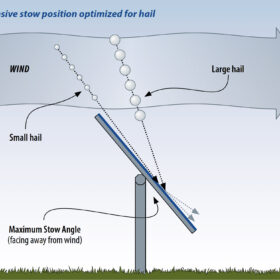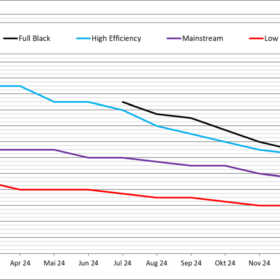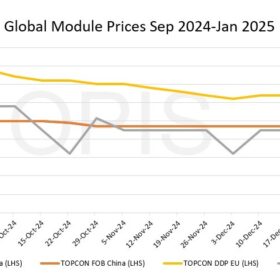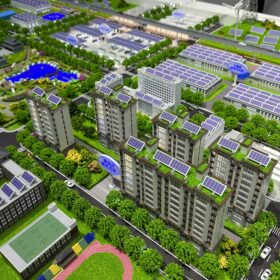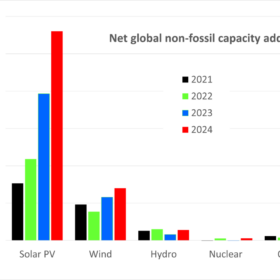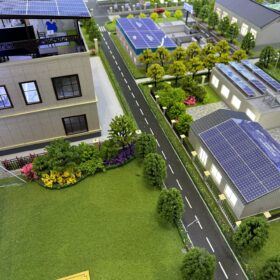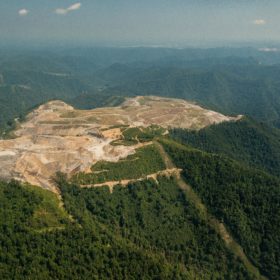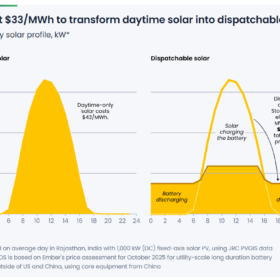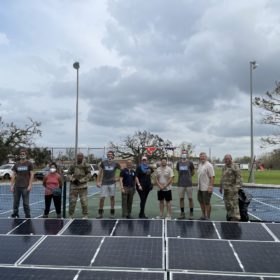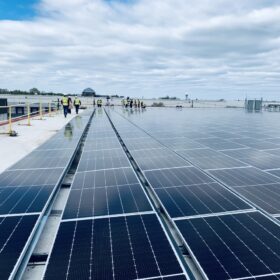Software is the future of Solar
In 2017, I sent an internal memo to my team about the evolution and role of software in distributed PV energy generation. Now, I’m taking a look back at my predictions and what the future holds.
The rise of transferable tax credits in clean energy finance
Transferable tax credits offer a flexible, market-driven solution that complements traditional financing options.
Actionable insights to safeguard solar projects from hail damage
The second article in a two-part series from VDE Americas looks at hail risk mitigation measures that continue advancing through improved materials, prediction capabilities and refined stow strategies.
PV module prices at crossroads
Martin Schachinger, founder of pvXchange.com, said PV module prices will depend on national and international demand trends in the coming months, with outcomes ranging from increases to stagnation or further declines. Almost anything is possible, but nothing is certain.
Global solar module prices mixed on varying demand expectations
In a new weekly update for pv magazine, OPIS, a Dow Jones company, provides a quick look at the main price trends in the global PV industry.
Battery energy storage system decommissioning and end-of-life planning starts now
With a disposition plan in place, and leveraging practical knowledge and experience, Brian Davenport, vice president, energy at Industrial Process Design and Steve Feinberg, president at Bluewater Battery Logistics, break down the process into five key steps.
The U.S. economy needs VPP 2.0, utilities could deliver
Virtual power plants can play an essential role in meeting rising electricity demand, but to do so, utilities must bring them into the heart of their planning and rapidly take it to grid scale.
The fastest energy change in history continues
Solar and wind are being installed at a rate that is five times faster than all other new electricity sources combined. This offers compelling market-based evidence that PV and wind are now the most competitive and practical methods for deploying new generating capacity.
Clean energy affordability: Where does it start?
When it comes to realizing the benefits of clean energy incentives in residential areas, the spotlight shines on state and federal programs that encourage energy efficiency and weatherization efforts.
Bright U.S. Midwest contrasts with cloudy coasts in 2024
In a new weekly update for pv magazine, Solcast, a DNV company, reports that the U.S. Midwest enjoyed exceptional conditions with irradiance up to 10% above normal across the year, while areas along the Gulf Coast and much of the West Coast experienced slightly below-average sunshine.


